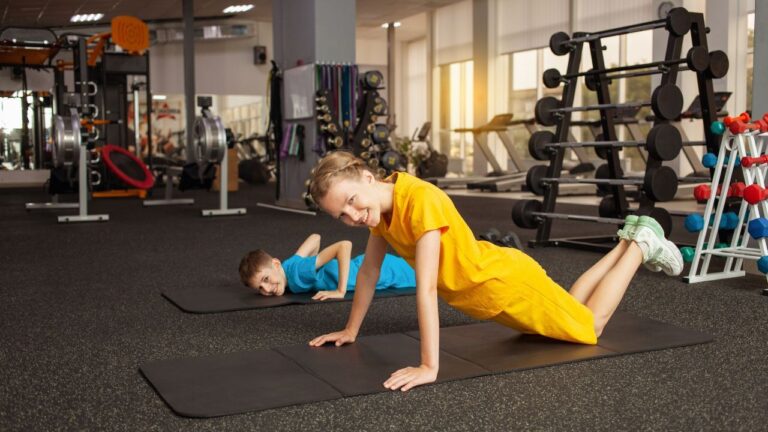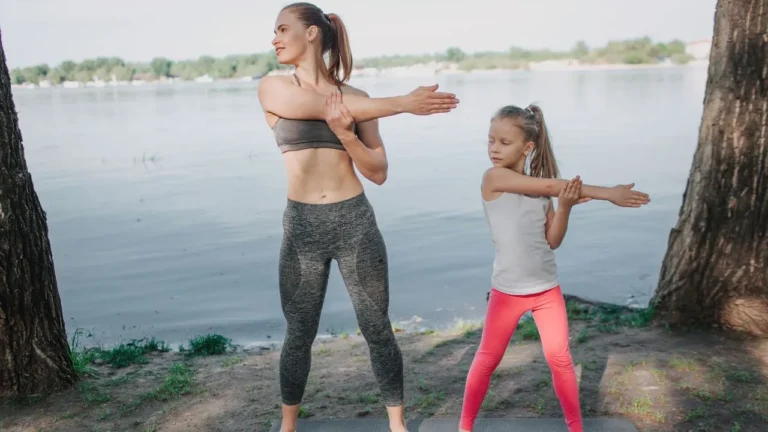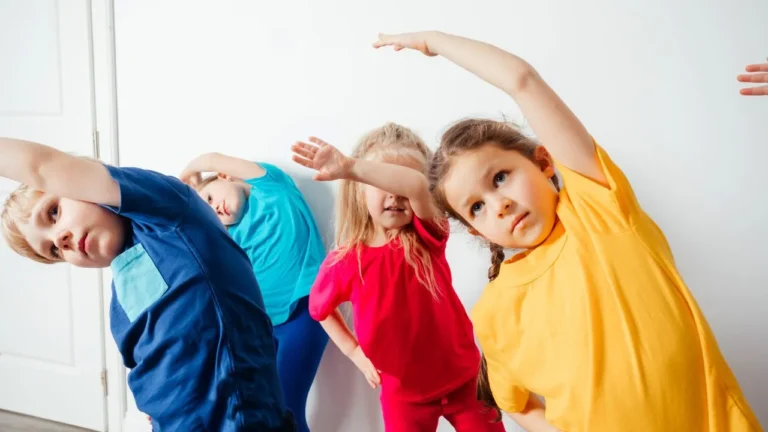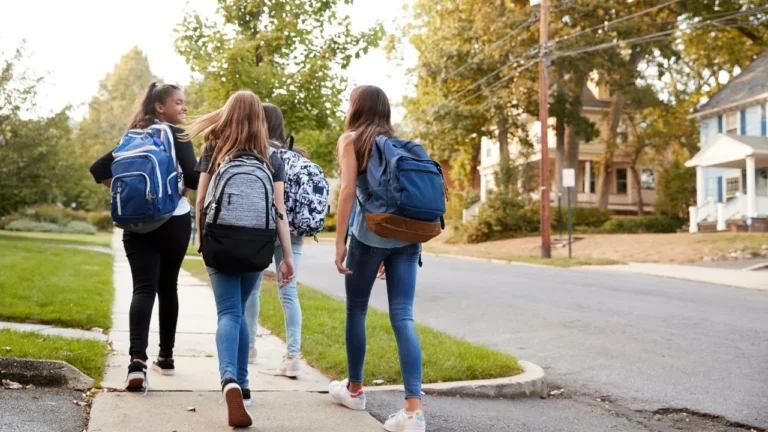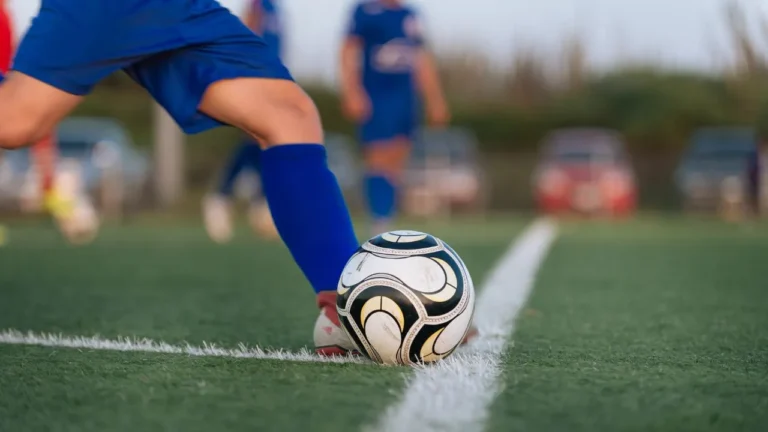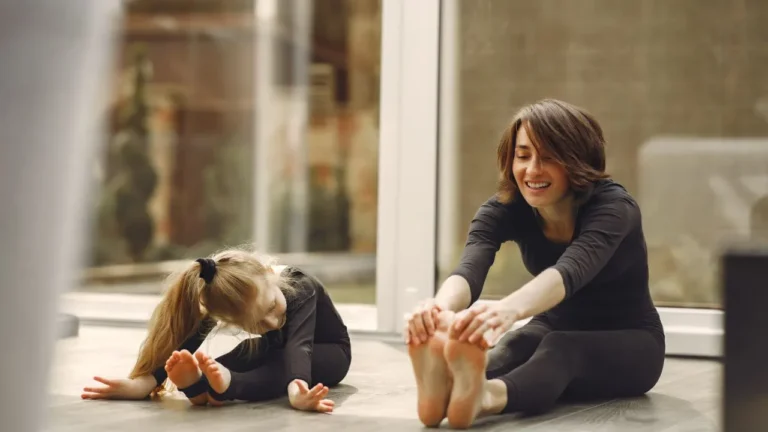Yoga For Kids: Unexpected Wonderful Healthy Benefits Today!
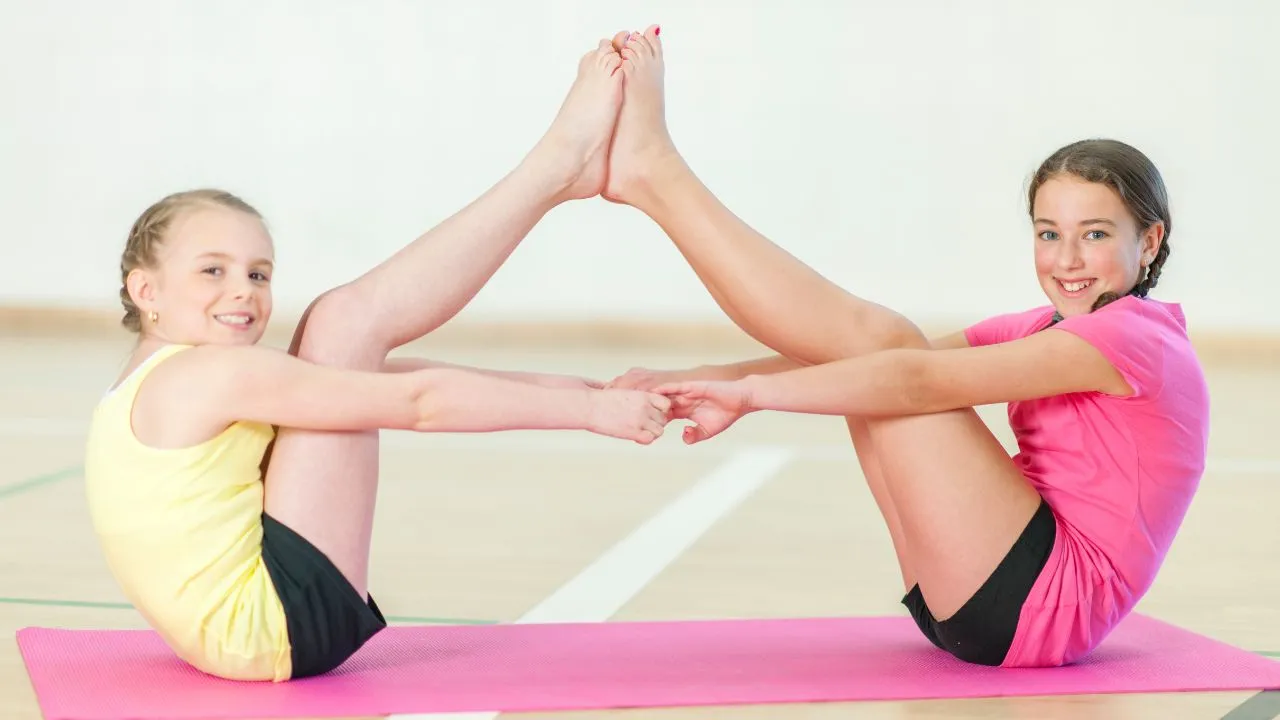
Imagine this, Your child is feeling calm, strong, and flexible as they connect with their body and mind. That’s the power of yoga for kids!
Yoga for children offers numerous benefits that extend far beyond the mat, such as improved physical health, reduced stress, and increased focus and self-awareness.
In this article, we’ll help you and your little ones embark on a journey toward a healthier, more balanced life.
Can Yoga Be Good for Kids?
Yoga isn’t just for adults seeking tranquility and flexibility; it’s also incredibly beneficial for children. Engaging kids in yoga can have profound effects on their physical, mental, and emotional well-being. Here’s why yoga might be a fantastic addition to your child’s routine:
Benefits of Yoga for Kids
1. Enhances Physical Health Yoga helps improve children’s flexibility, strength, and balance. Poses like Warrior 2 and Tree Pose challenge their muscles and coordination, promoting overall physical development. Studies show that yoga boosts motor abilities, which is crucial for kids’ growth and physical fitness.
2. Improves Mental Health and Focus Regular yoga practice can reduce anxiety and stress in children. Techniques like mindfulness and controlled breathing (such as box breathing) help kids stay present and calm.
This mental clarity can translate to better focus and academic performance. Teachers have noted improvements in attention span and classroom behavior among students who practice yoga.
3. Builds Emotional Resilience Yoga encourages kids to connect with their bodies and emotions, fostering better self-awareness and emotional regulation. Poses that involve holding and breathing through discomfort can teach children resilience and the ability to manage stress healthily.
Partner poses, like the Partner Boat Pose, also build trust and social skills by requiring children to work together.
4. Promotes Healthy Habits Incorporating yoga into a child’s routine can lead to healthier lifestyle choices. Yoga promotes a non-competitive, inclusive environment that encourages kids to take care of their bodies.
Research has shown that children who practice yoga are more likely to engage in other healthy behaviors, such as eating a balanced diet and getting regular physical activity.
5. Supports Special Needs Yoga can be particularly beneficial for children with special needs, such as ADHD or autism. It can help improve symptoms like impulsivity, hyperactivity, and anxiety. For instance, structured yoga programs have been shown to enhance social behavior and reduce anxiety in children with autism.
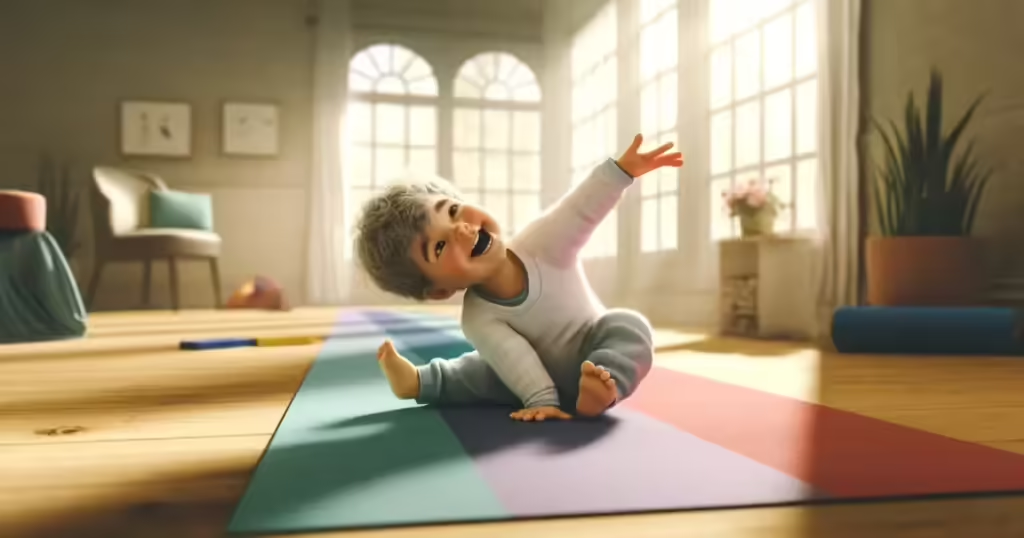
Engaging Kids with Yoga
To get your kids interested in yoga, start with simple and fun poses like Cat-Cow, Tree Pose, and Child’s Pose. Make it interactive and enjoyable by incorporating stories or animal themes. Practicing together can also be a great way to bond and model healthy behavior.
Yoga offers a holistic approach to improving children’s health, from physical fitness to emotional well-being. By introducing yoga to your kids, you can help them build a foundation for a balanced and healthy lifestyle.
If you’re considering starting yoga with your child, remember to keep it fun and age-appropriate to keep them engaged and excited about their practice.
Yoga for Kids Poses That Are Fun!
Six Empowering Yoga Poses for Kids: Cultivate Self-Belief & Resilience
Yoga provides an array of straightforward, adaptable poses that can aid children of all ages and skill levels in developing confidence and resilience. Here are six beginner-friendly postures that don’t require any special equipment or props.
Combine these poses with uplifting affirmations and motivate your child to practice them at school or home. Remember to breathe deeply and maintain each pose for 3-6 complete breaths.
I am powerful
Tadasana (Mountain Pose): Stand tall with your arms resting at your sides, and palms facing outwards in a welcoming gesture. Imagine being lifted by a helium balloon from the top of your head.
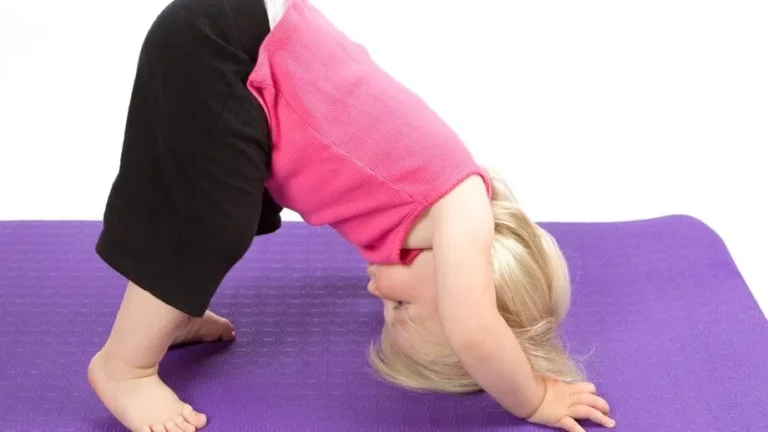
I am courageous 🦸
Virabhadrasana (Warrior Pose): Starting from Tadasana, step one foot back and angle it slightly outwards, bend your front knee, and extend your arms straight up towards the sky while gazing upward. Don’t forget to switch sides.
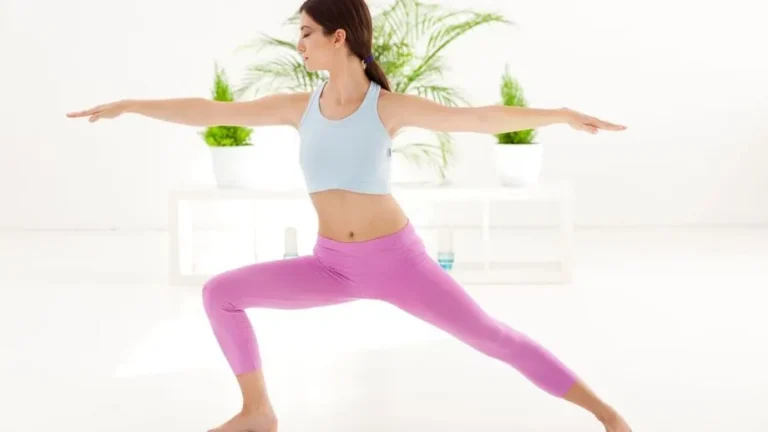
I am poised
Vrikshasana (Tree Pose): From Tadasana, shift your weight to one leg. Place the sole of your left foot against the inside of your right thigh or shin (avoid the knee) and hold your palms together at your chest. Remember to switch sides.
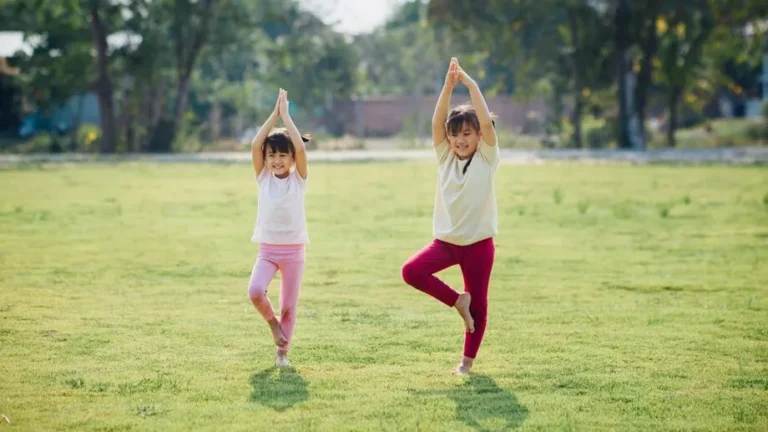
I am self-assured
Bhujangasana (Cobra Pose): Lie on your stomach, elevate your head and shoulders off the ground, position your palms flat next to your shoulders, and broaden your chest.
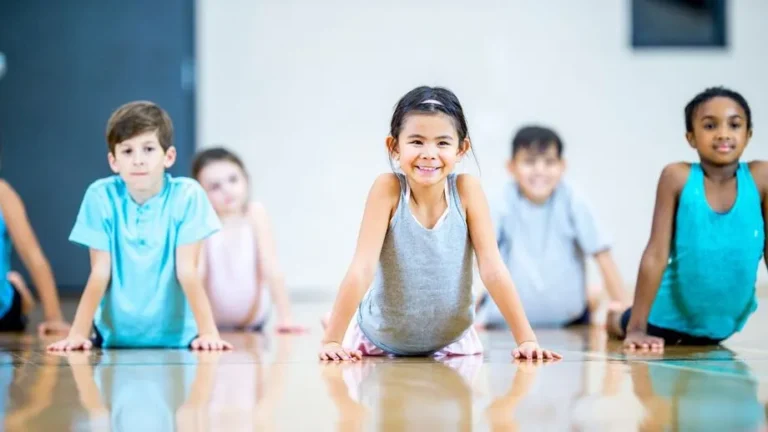
I am proud of my identity
Marjariasana-Bitilasana (Cat-Cow Pose): On your hands and knees, tuck your chin into your chest and round your spine. Then, look up, expand your chest, and curve your back. Repeat the Cat-Cow sequence several times.
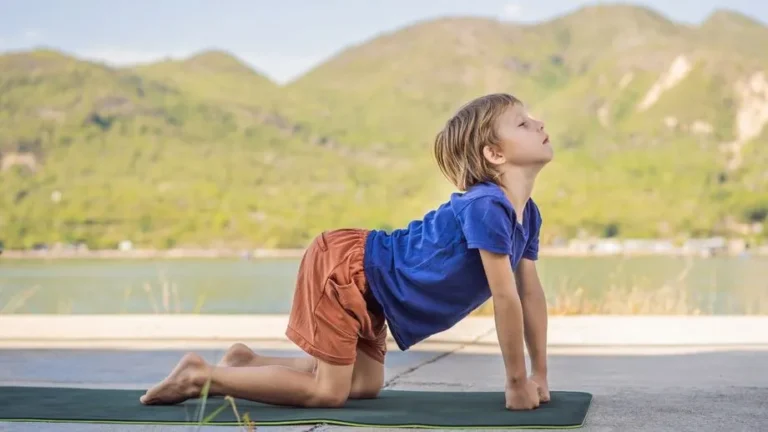
I value myself
Setu Bandhasana (Bridge Pose): Lie on your back with bent knees and feet flat on the ground. Place your arms alongside your body, tuck your chin into your chest, and raise your hips to form a bridge.
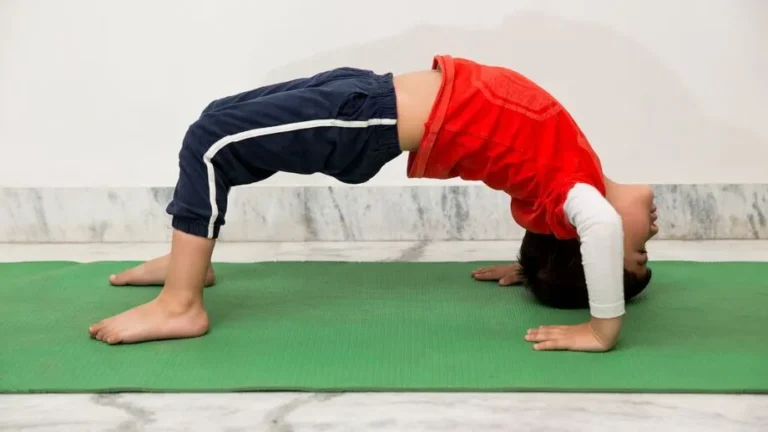
.
What Age Can A Child Start Yoga?
Introducing your child to yoga can be a wonderful way to promote physical, mental, and emotional well-being. But when is the right time to start? According to experts, children can begin practicing yoga as early as age 3, with a more structured approach starting around age 4.
Benefits of Starting Yoga Early
1. Builds Flexibility and Strength: Yoga involves various poses that stretch and strengthen muscles, which is especially beneficial for young children who are naturally flexible. This physical activity can complement other sports and physical activities they might participate in.
2. Enhances Focus and Concentration: Through breathing techniques and mindful poses, yoga helps improve focus and concentration. This can be particularly beneficial for children who have difficulty paying attention or managing their energy levels.
3. Reduces Stress and Anxiety: Even young children can experience stress and anxiety. Yoga offers tools to help them manage these feelings through calming breathing exercises and gentle movements, promoting a sense of inner peace.
4. Improves Posture and Balance: Regular yoga practice can enhance a child’s posture and balance, helping them develop a strong and healthy body. This is particularly important as they grow and their bodies undergo various changes.
5. Boosts Self-Esteem and Confidence: Mastering new poses and participating in yoga can boost a child’s confidence and self-esteem. It helps them learn about their bodies and what they are capable of, fostering a sense of accomplishment and pride.
How to Get Started
Engage Through Play: For children aged 3 to 5, yoga should be introduced through play, games, and songs to keep them engaged. Poses can be related to animals or nature to make them more fun and relatable.
Introducing yoga to your child can be a rewarding experience that sets the stage for a lifetime of healthy habits. By making the sessions fun and age-appropriate, you can help them enjoy the numerous benefits of this ancient practice.
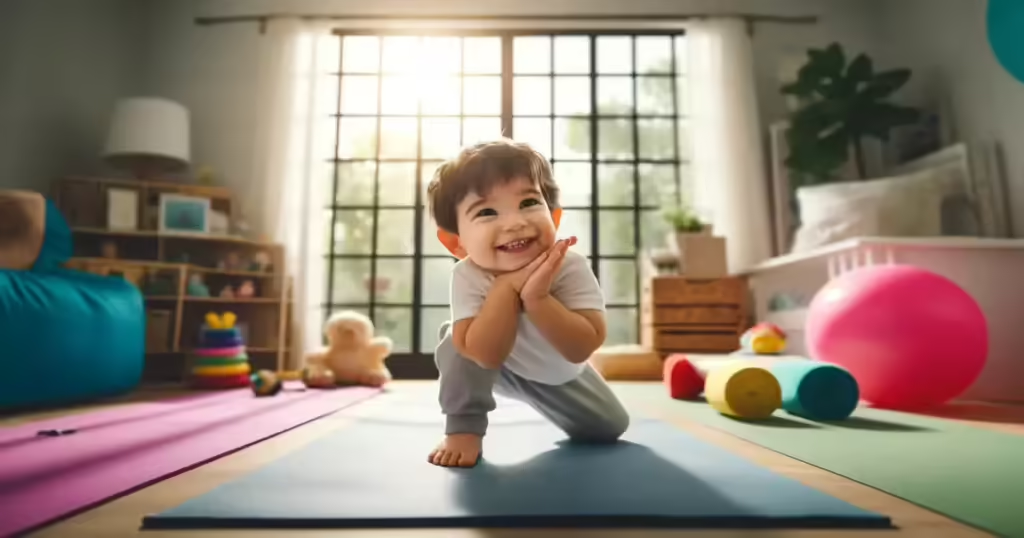
Yoga for Kids Online
In today’s digital world, finding resources for yoga for kids is a breeze. There are countless online platforms and YouTube channels dedicated to teaching children yoga. Websites like Cosmic Kids Yoga, Yoga Ed, and Tatty Bumpkin offer engaging and educational content tailored specifically for young learners. Your kids can practice yoga in the comfort of their own homes, while still receiving expert guidance and support.
Best Yoga for Kids
When choosing the best yoga for kids, consider the child’s age, interests, and abilities. Focus on simple poses and sequences for younger children that encourage movement, balance, and coordination.
As they grow older, they can progress to more advanced poses, building strength, flexibility, and confidence. Look for classes and instructors that incorporate storytelling, games, and music to keep things fun and engaging.
Yoga for Kids Beginners
If your child is new to yoga, start with the basics. Beginner yoga for kids should focus on gentle, accessible poses that encourage exploration and self-discovery. Introduce key poses like child’s pose, happy baby, and mountain pose.
Emphasize the importance of breathing and mindfulness to help your child develop a solid foundation for their ongoing yoga practice.
Yoga for Kids Near Me
Finding a local yoga studio or class for kids is often as simple as conducting a quick online search. Many yoga studios now offer specialized children’s classes with experienced instructors.
Community centers, schools, and parks may also host kid-friendly yoga programs. To find the best options near you, search for terms like “yoga for kids near me,” “yoga for preschoolers,” or “kids yoga classes.”
Yoga for Preschoolers
Introducing yoga to preschoolers can be a fun and rewarding experience. At this age, children are highly imaginative and curious. Focus on simple poses, games, and stories that capture their attention and spark their imagination. Popular poses for this age group include the tree pose 🌳, butterfly pose, and lion’s breath.
Answering Common Questions from Parents
- What poses are suitable for kids? Start with simple poses that are easy to understand and perform, like child’s pose, downward-facing dog, warrior, tree pose, and happy baby. As children become more comfortable and confident, they can progress to more advanced poses.
- How do I get started with yoga for kids? Find a class or resource tailored specifically to children, such as a local yoga studio, an online platform, or a YouTube channel dedicated to kids’ yoga. Ensure the instructor or content creator has experience working with children and provides a fun, engaging, and age-appropriate experience.
- How can yoga enhance the parent-child relationship? Practicing yoga together offers a unique opportunity for parents and children to bond, communicate, and support each other in a shared activity.
Yoga encourages mindfulness and self-awareness, leading to deeper connections and improved communication between parent and child. Plus, by participating in yoga together, you are setting a positive example for your child and promoting a healthy, active lifestyle.
Conclusion
Yoga for kids offers a wealth of benefits, from improved physical health to increased focus and self-awareness. By incorporating fun, engaging, and age-appropriate practices, parents can introduce their children to this powerful practice and set them on a path toward lifelong well-being.
Whether you choose to practice yoga together as a family or enroll your child in a specialized kids‘ yoga class, the positive impact of this ancient practice is undeniable. So, roll out the mat, strike a pose, and watch as your child blossoms into a confident, mindful, and resilient individual. 🌼

